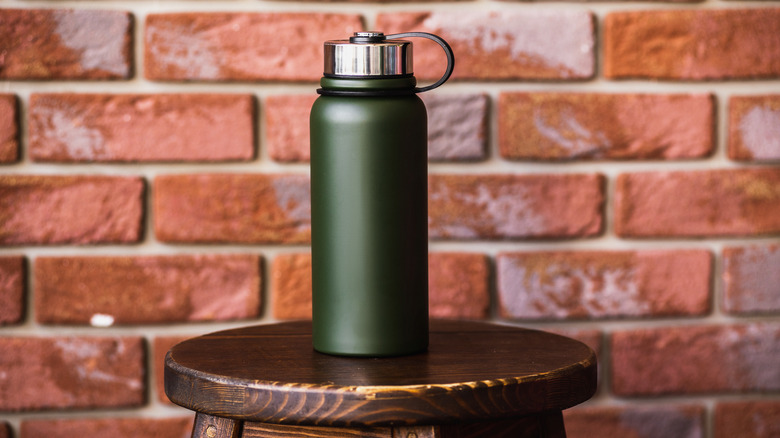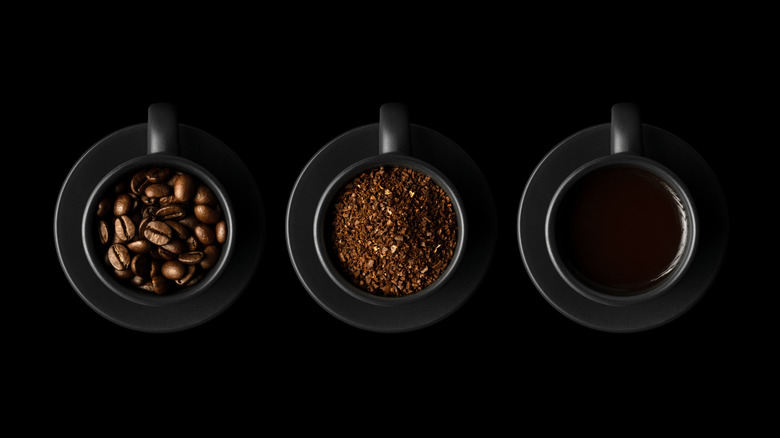How Stainless Steel Could Be Affecting The Flavor Of Your Coffee
So much goes into that perfect cuppa.
The way the beans are roasted. The origin of the beans. The grind. The blend. Processing. Extraction time. The temperature of the steeping water. Steep duration. The concentration of grounds. By the time the coffee finally hits your mug, the last thing on your mind is probably the mug itself. But, the material of your mug might make a bigger difference than you think for your brew in the morning, afternoon, or evening.
Ever heard the phrase "the art of espresso?" It's no secret that coffee has one of the most volatile flavor profiles in the craft culinary world. What separates some of the best coffee brands on the market from generic drip is often only a matter of grind or bean origin. Just like fine cheeses depend on aging, humidity, milk origin, churning processes, and preservation methods to create an ideal final product, coffee has equally as many steps with equal importance. The difference lies in its accessibility; I can dip into any corner bodega and have a steaming Americano in my hand, but if I ask for six ounces of 12-month's ripened sheep's milk Manchego, the man behind the counter will probably ask me to leave.
Coffee is everywhere! And in its availability, its quality has fallen sorely to neglect. So, what is that perfect cup supposed to taste like? And how can we make sure we get it every time?
What is coffee "supposed" to taste like?
The Istituto of Espresso Italiano offers a specific description of "good" coffee: "The nose reveals an intense scent with notes of flowers, fruits, toasted bread and chocolate...Its taste is round, substantial and velvet-like. Sour and bitter tastes are well balanced and neither one prevails over the other. There is no, or a barely perceptible, astringent taste." In other words, you'll know good coffee when you drink it. According to Driftaway Coffee, your stainless-steel mug might be the only thing standing between you and the coffee of your dreams.
If you've ever used a plastic travel mug, you know that the yellow coffee stain inside is a permanent fixture. This is because plastic absorbs flavors; it latches onto that hot coffee taste and holds on forever. Conversely, stainless steel does the reverse and transfers flavors onto the already-existing profile. Similarly, stainless steel might fundamentally alter the chemical compounds that give a roast its unique flavor. According to CoffeeAndHealth.org, there are over 1,000 of these.
Another reason that steel mug might be messing with your brew is because of its manufacturing. In the same way that processing and product origin affects your coffee, metal mugs with lesser-quality craftsmanship are often sealed with low-grade finishes that excrete into your drink. When it's time to invest in your next cool coffee cup, those extra twenty dollars might be worth the investment to avoid that metallic aftertaste.

